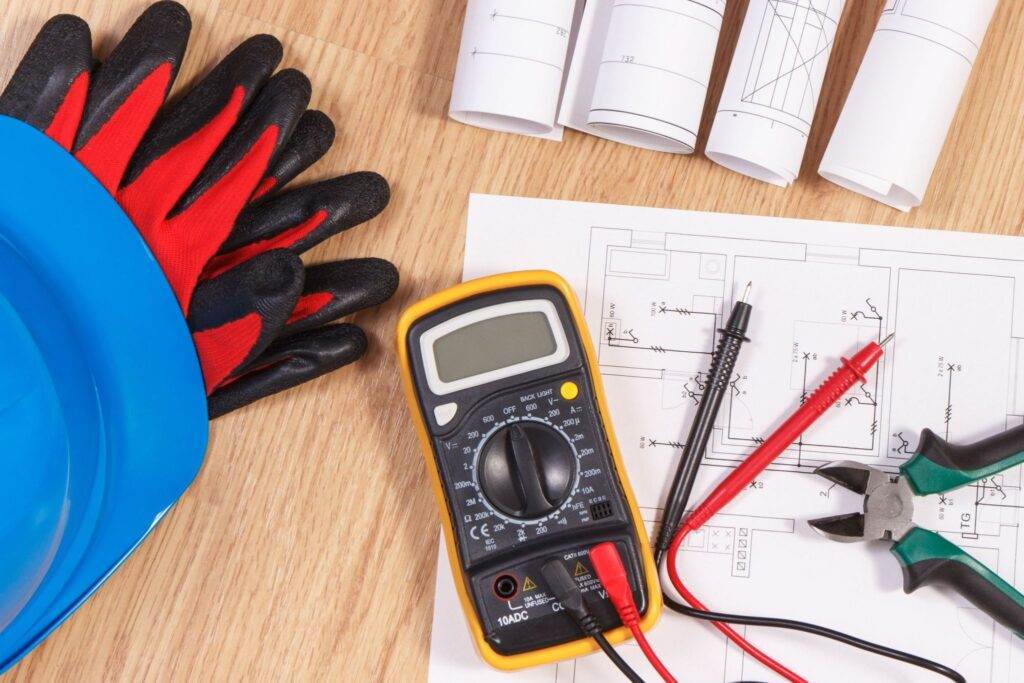As you go about your work tasks that involve portable electric tools, you may not give much thought to the hazards an electrical shock can pose. That is why it is so important to take the proper safety precautions at all times.
Causes of Shocks
According to the Occupational Safety and Health Administration (OSHA), electricity travels in closed circuits, normally through a conductor. However, sometimes a person’s body – an efficient conductor of electricity – mistakenly becomes part of the electric circuit. Shocks occur when a person’s body completes the current path with:
- Both wires of an electric circuit;
- One wire of an energized circuit and the ground;
- A metal part that accidentally becomes energized (such as a break in its insulation); or
- Another “conductor” that is carrying a current.
When a person receives an electric shock, electricity flows between parts of the body or through the body to the ground.
Inspect Your Tools
Accidental grounding is one of the most common preventable incidents occurring when working with electricity. One way to avoid this electrical shock is by always examining your tools for these conditions:
- Defective or broken insulation
- Improper or poorly made connections to terminals
- Broken or otherwise defective plugs
- Loose or broken switches
- Sparking brushes
If any of these conditions exist, have the tool repaired before using it, report it to your supervisor and above all, do not use it!
Additional Safety Rules
- Do not attempt to repair or adjust portable electric tools while they are plugged in.
- Do not use portable electric tools in the presence of flammable vapors or gases, unless they are designed for such use.
- Always use the required Personal Protective Equipment (PPE) for the job, even if it may seem unnecessary.
- Maintain tools regularly.
- When using a tool to handle energized conductors, check to make sure it is designed to withstand the voltage and stresses to which it has been exposed.
- Ensure your portable tool is equipped with a three-prong plug, the best way to guard against shock.
If you or a co-worker does receive a shock, it is important to seek immediate medical attention. Even if the victim does not exhibit signs of injury or stress, internal injuries may have resulted from the shock. Low voltage shocks can actually be fatal.
Knowing how to work safely with portable electric tools can save your life. Stay alert on the job, always check equipment prior to use and do not take any unnecessary chances.








